Description
Polyethylene (PE): The Ubiquitous Plastic Powerhouse
Polyethylene (PE), often simply referred to as polyethene, is arguably the most widely used plastic in the world. From grocery bags to children’s toys to high-tech medical implants, this versatile polymer permeates our lives in countless ways. Its affordability, ease of processing, and diverse range of properties have cemented its status as a true plastic powerhouse.
But what exactly is polyethylene, and what makes it so adaptable?
The Building Blocks of Polyethylene
At its core, polyethylene is a polymer made from repeating ethylene (C2H4) units. These units, derived from petroleum or natural gas, link together in long chains through a process called polymerization. The length and branching of these chains, along with other factors like molecular weight distribution, determine the specific properties and characteristics of the resulting polyethylene material.
A Spectrum of Properties: Different Types of PE
The beauty of polyethylene lies in its ability to be tailored for a wide range of applications. This is achieved by controlling the polymerization process and the structure of the resulting polymer chains. The most common types include:
- Low-Density Polyethylene (LDPE): Characterized by significant branching, LDPE is flexible, translucent, and relatively low in strength. Its flexibility makes it ideal for applications like plastic films, grocery bags, squeeze bottles, and flexible tubing.
- Linear Low-Density Polyethylene (LLDPE): Similar to LDPE but with shorter branches achieved through the use of comonomers during polymerization. LLDPE offers improved tensile strength, tear resistance, and puncture resistance compared to LDPE, making it suitable for films, packaging, and liners.
- High-Density Polyethylene (HDPE): With minimal branching, HDPE boasts high strength, rigidity, and chemical resistance. It is commonly used for rigid containers like milk jugs, detergent bottles, toys, and pipes.
- Ultra-High-Molecular-Weight Polyethylene (UHMWPE): An extremely tough and abrasion-resistant material with exceptionally long polymer chains. UHMWPE finds applications in demanding environments, such as bearings, gears, artificial hip joints, and bulletproof vests.
The Advantages of Polyethylene
Several key factors contribute to polyethylene’s widespread adoption:
- Affordability: Polyethylene is a relatively inexpensive plastic to produce, making it a cost-effective choice for many applications.
- Ease of Processing: It can be easily molded, extruded, and thermoformed, allowing for the creation of a diverse range of products.
- Chemical Resistance: Polyethylene is resistant to a wide range of chemicals, making it suitable for containing various substances.
- Electrical Insulation: Its excellent electrical insulation properties make it useful in electrical cables and components.
- Recyclability: While recycling rates vary, polyethylene is theoretically recyclable, contributing to a more sustainable future.
Addressing the Challenges: Sustainability and the Future of PE
Despite its versatility and widespread use, polyethylene faces growing scrutiny due to concerns about its environmental impact. The reliance on fossil fuels for production, coupled with plastic waste accumulation, necessitates a shift towards more sustainable practices.
Efforts are underway to address these challenges, including:
- Developing bio-based polyethylene: Utilizing renewable resources like sugarcane or corn starch to produce ethylene, the building block of PE.
- Improving recycling infrastructure and technologies: Increasing the collection and recycling of PE waste, transforming it into valuable resources.
- Developing biodegradable polyethylene: Researching and developing biodegradable or compostable alternatives that break down naturally in the environment.
- Promoting responsible consumption and waste management: Encouraging consumers to reduce their PE consumption, reuse items whenever possible, and properly dispose of PE waste.
Conclusion:
Polyethylene has revolutionized industries worldwide, offering a versatile and cost-effective solution for a multitude of applications. As technology advances and environmental awareness grows, the future of polyethylene lies in innovation and sustainability. By embracing bio-based options, improving recycling processes, and promoting responsible consumption, we can continue to leverage the benefits of this remarkable material while minimizing its environmental impact. The challenge now is to ensure that this plastic powerhouse evolves into a truly sustainable resource for generations to come.


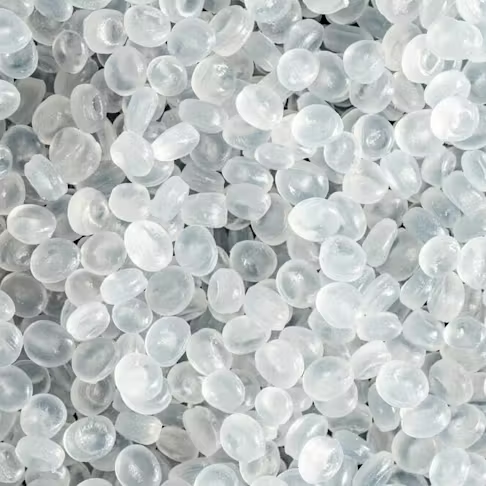
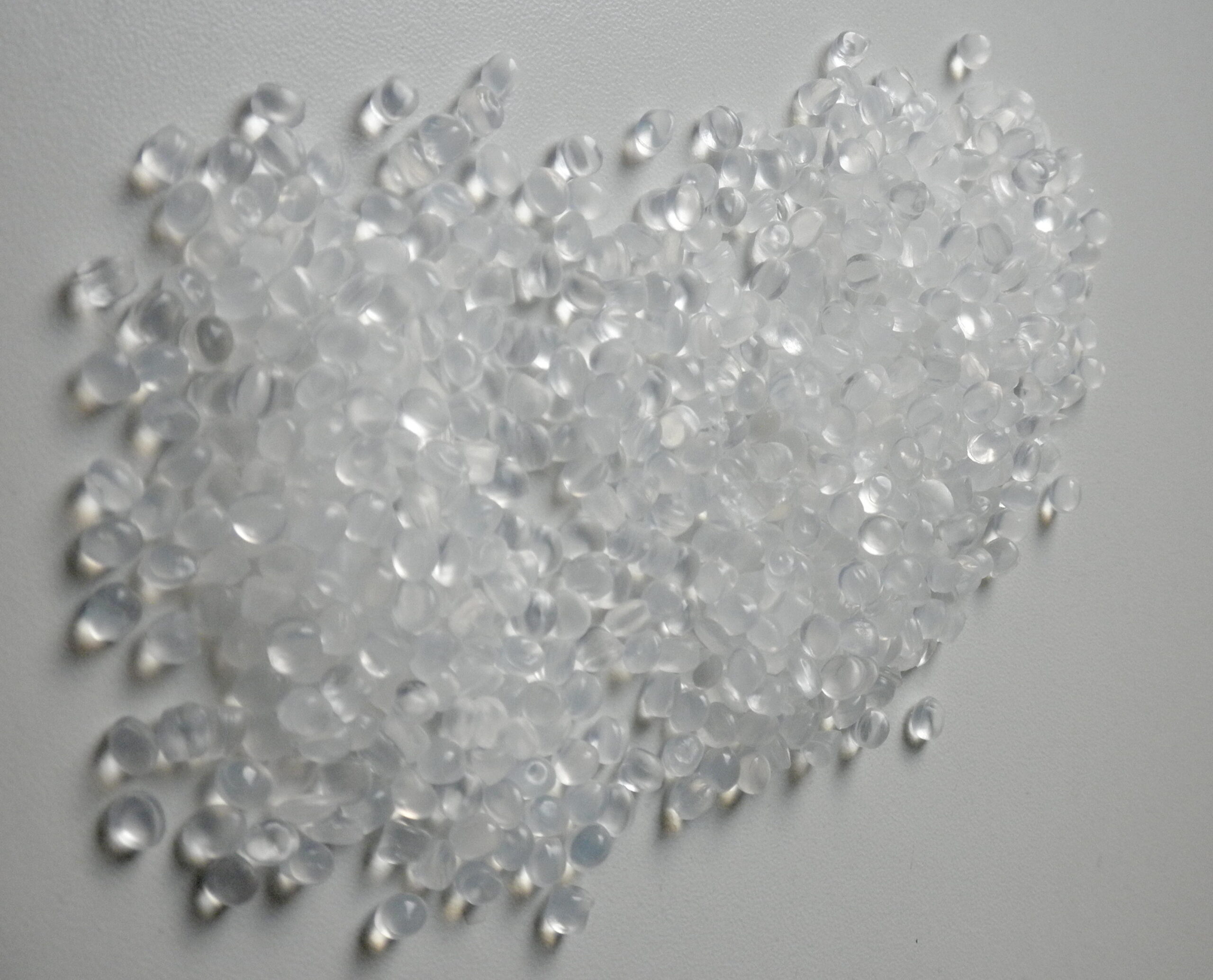
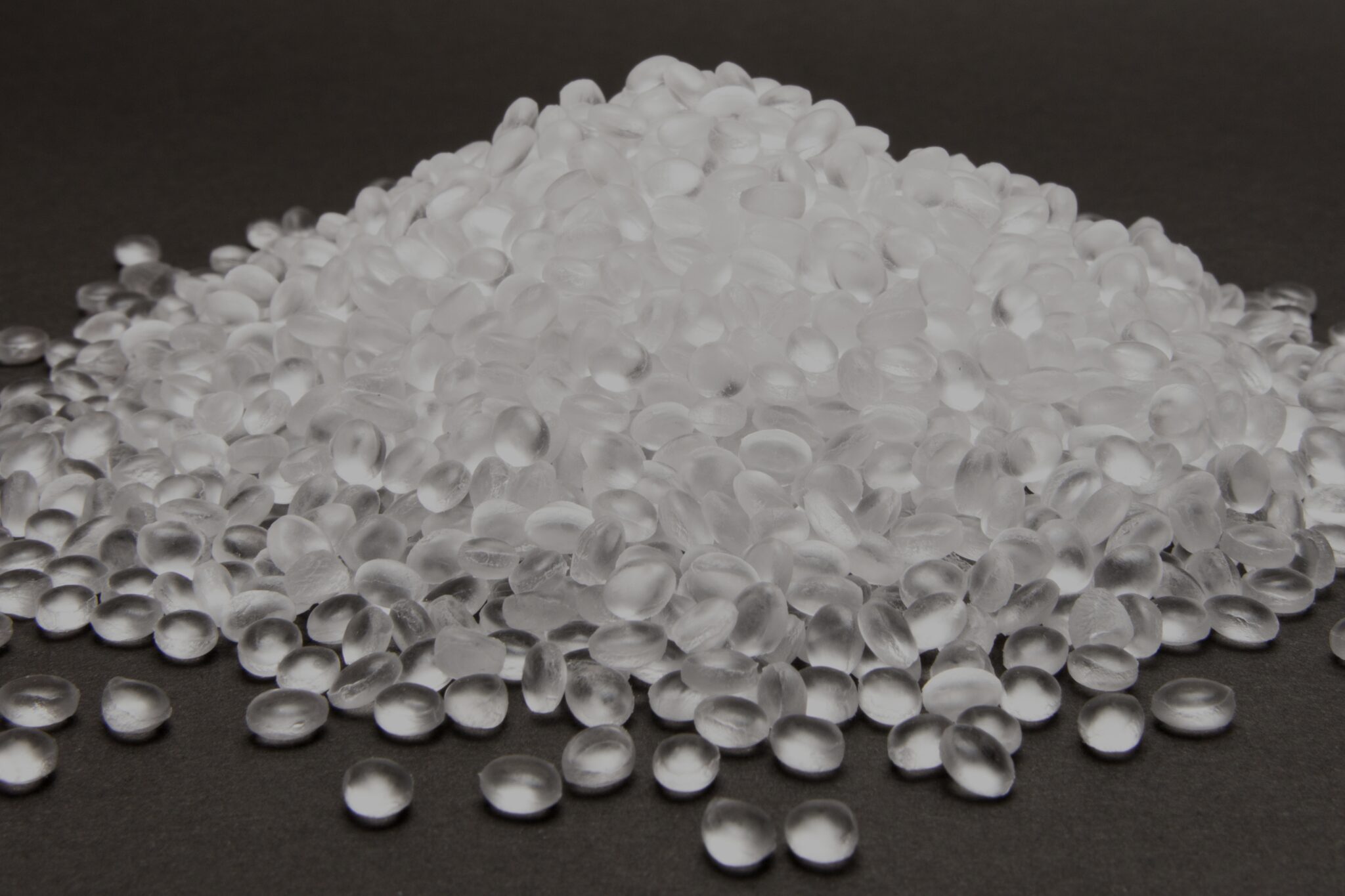
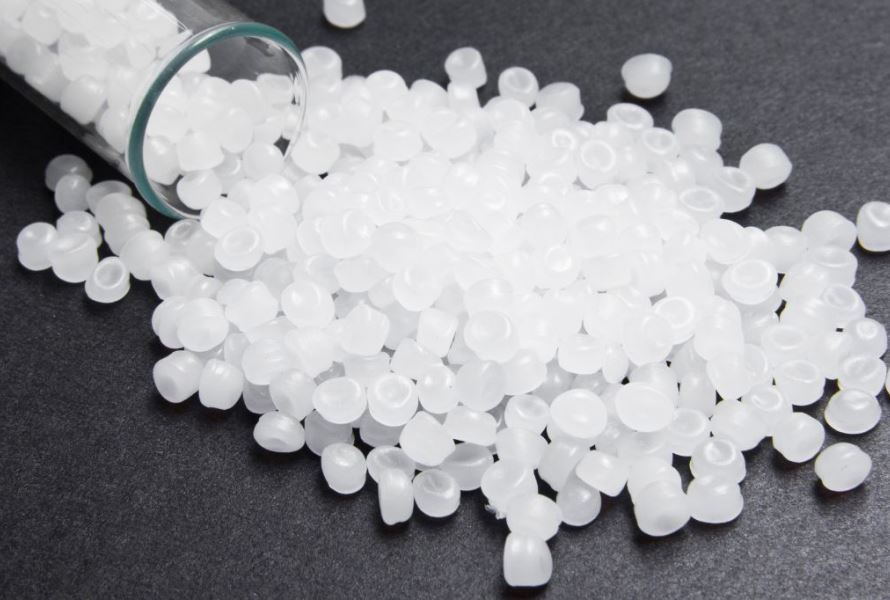
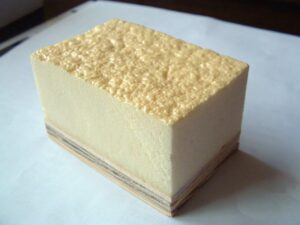

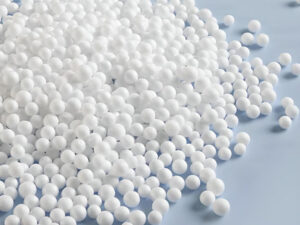
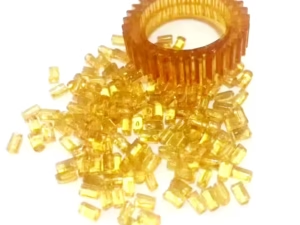
Reviews
There are no reviews yet.